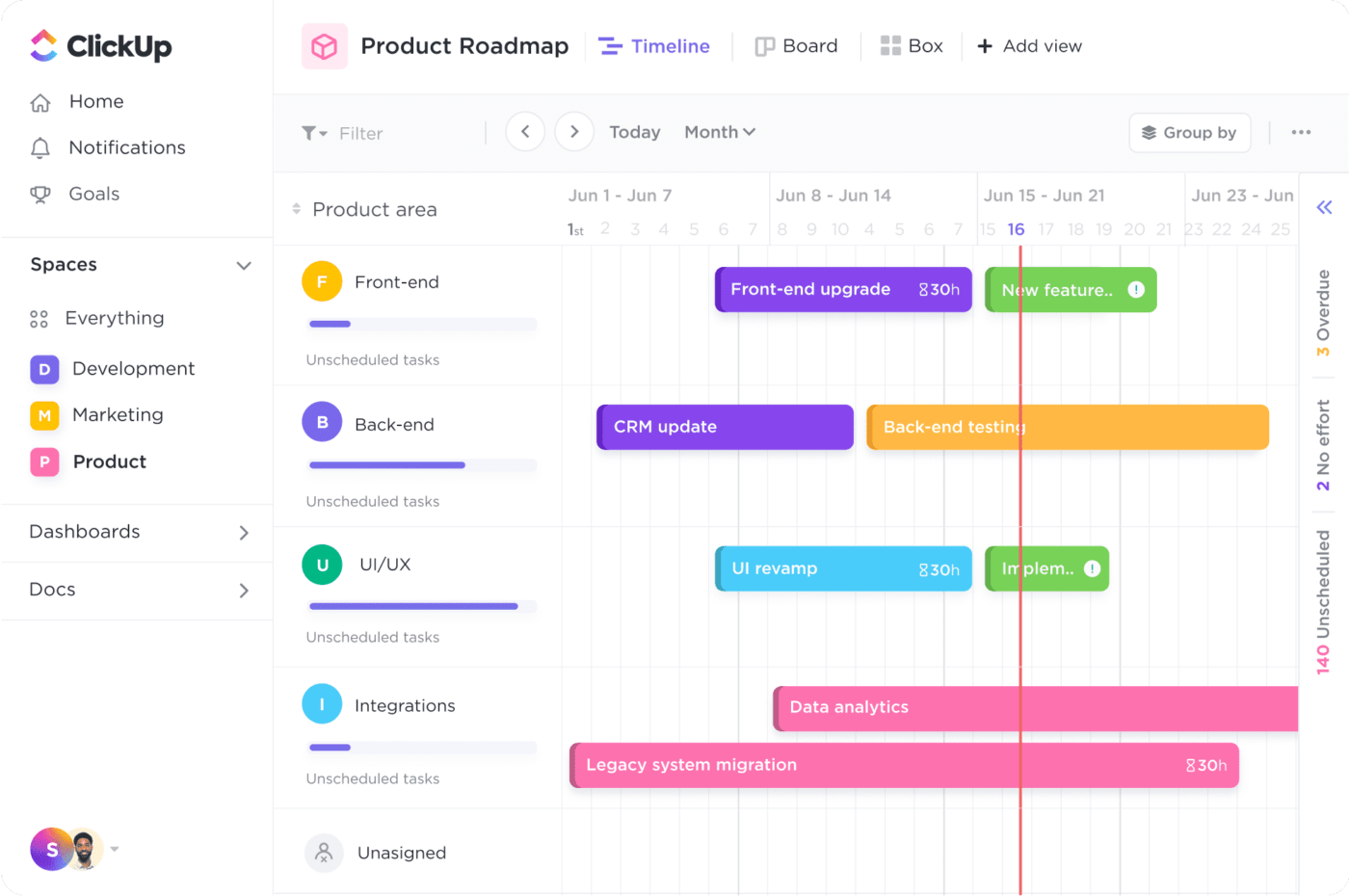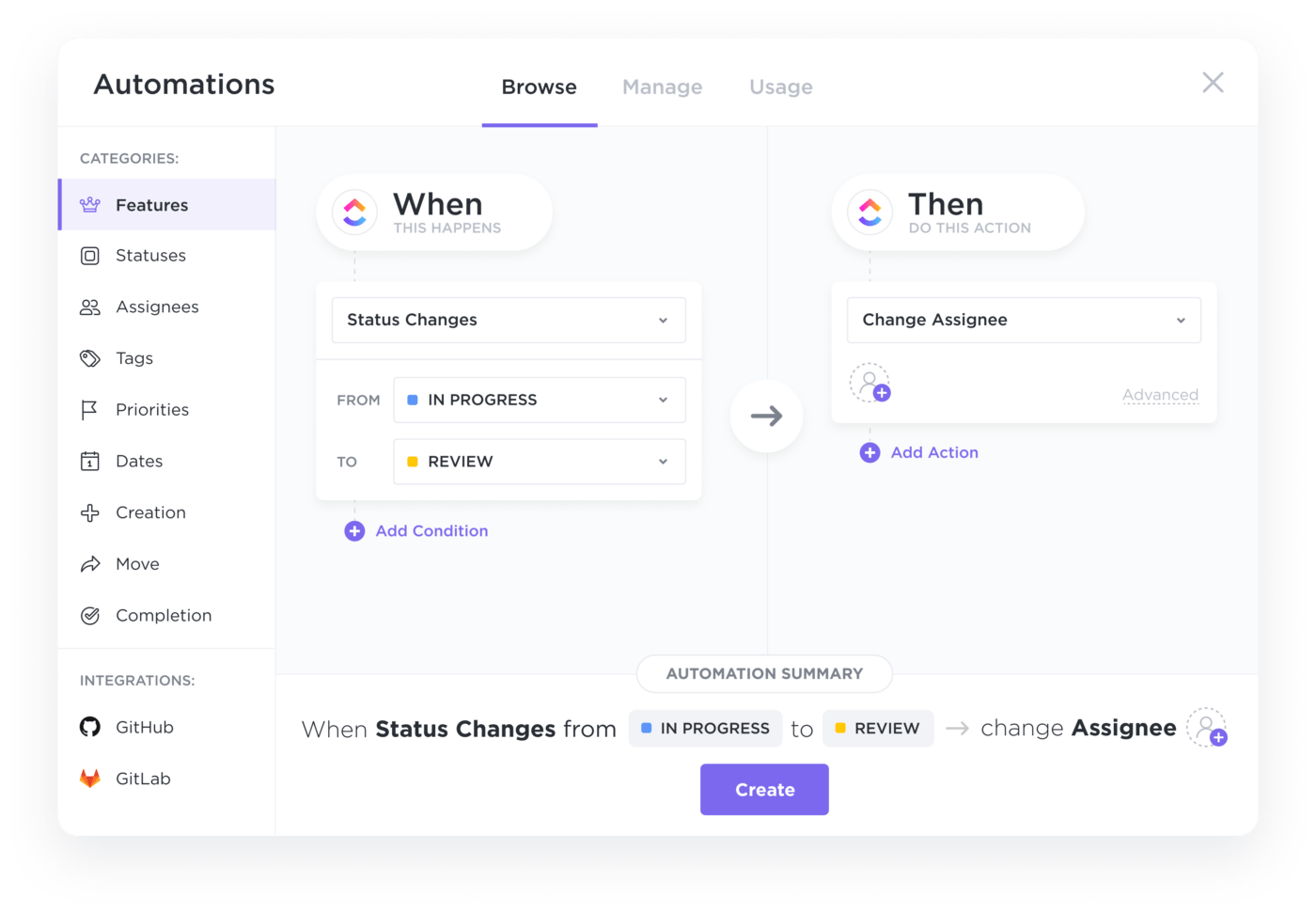IT Governance: Strategies to Fortify IT Governance in Your Organization

Sorry, there were no results found for “”
Sorry, there were no results found for “”
Sorry, there were no results found for “”
If you want to scale your business, all departments must contribute to the same end objectives. In the case of your Information Technology (IT) department, having the right governance documents in place can help ensure you meet your business goals. 🤩
An IT department is one of the most expensive departments of any company, funding data centers, software, devices, and other services. According to Gartner, worldwide IT spending is expected to hit $4.6 trillion in 2023, a 5.5% increase from 2022. That said, running a well-oiled IT department is essential to company profits.
To ensure all IT activities support your overall business objectives, you need an IT governance framework. Below, we explain what an IT governance framework is, the benefits of an IT governance program, and the role it plays in corporate governance.
IT governance is an essential part of any business, ensuring your IT strategy aligns with your business goals. Like other areas of corporate governance, it helps upper management make quick decisions and run the company effectively.
IT governance ensures your IT department understands how its decisions impact the company vision. In addition, IT government helps ensure your company stays compliant with business regulations, keeps IT department leads on the same page, and ensures any IT decisions help elevate the value of your business.
An IT governance framework is a blueprint to help IT professionals make decisions. Put simply, it maps out how each decision or investment in technology will boost company value, reduce risk, and align with your business initiatives. 🔍
In layman’s terms, an IT governance framework prevents colleagues from “reinventing the wheel” within your IT department. Like many common business documents—SOPs (standard operating procedures), training manuals, and company bylaws—it streamlines repeated work and decision-making processes.
An IT governance framework provides a formal structure for department leaders to create processes, evaluate performance, and plan disaster recovery. Over time, creating this framework will cut down on meetings, emails, and department inefficiencies.

IT governance is a type of corporate governance.
Corporate governance is a system of rules, processes, and guidelines to help streamline how a corporation is run. It’s a roadmap to define roles for stakeholders and employees, streamline strategic planning, and ensure all departments stay legally compliant.
Corporate governance is used by every team within your company. Therefore, an IT department will draw upon the already-established guidelines within corporate governance to establish its IT governance framework.
Having an IT governance framework in place is critical to the success of IT projects and the organization as a whole. Part of that framework is to outline roles and responsibilities for each member of your department.
There are typically four levels of IT governance roles, including:
The main purpose of IT governance is to ensure all IT investments generate value for the company.
Therefore, ineffective IT governance can have lasting, negative effects on modern businesses. Failing to put the proper rules, processes, and strategic objectives in place can weaken department communications or strain the company’s budget.
In addition, poor IT governance practices can lead to the following:

The right IT governance framework helps boost the strategic alignment of your company, keep your IT initiatives on budget, and mitigate or prevent security breaches. While the advances of IT governance are endless, here are a few benefits you should know:
Want to create an IT governance framework but don’t know where to start? Below, we dive into a step-by-step guide on how to align IT initiatives with your company goals.
Gather your board and executive team to conduct strategic planning for the upcoming year. Once your company-wide goals are established, meet with your CIO and upper management to establish annual, quarterly, and monthly goals for your IT team.

The best way to plan for the future is to look at the past.
Review past years’ security breaches and cyber threats, review projects that went over budget or didn’t complete on time, review common complaints from customers, and meet with managers to see which employees are underperforming. Improving areas that proved problematic in the past could help boost resource management, risk mitigation, and decision-making processes in the future.
There are plenty of existing methodologies from which you can build your IT governance framework.
Note: Some certifications may be warranted to understand these models. You may need to partner with a consultant to uncover which model works best for your organization.
Some popular methodologies include:
To improve the lifecycle of each IT initiative, you need to automate duplicate work.

With ClickUp, repetitive tasks become a thing of the past. ClickUp helps software teams collaborate on roadmaps, automate workflows, manage IT requests, and track project progress in real-time.
Looking for more tools? ClickUp Automations offers 100+ workflows to streamline routine tasks and shorten project timelines. Plus, the ClickUp Gantt view keeps your team on the same page by offering a high-level overview of all IT priorities.
An IT governance framework is meant to be a living document. In other words, don’t use the “set it and forget it” method for your framework.
Instead, set quarterly reviews with the executive team to see how your new IT governance framework meets your end objectives. From there, you can edit your document as you see fit.
The right IT governance framework ensures department goals align with company goals, clearly establishes roles and responsibilities, and reduces repetitive work.
To help get your IT governance framework off the ground, choose ClickUp. ClickUp comes complete with IT templates, a library of automations, multiple views, and thousands of integrations. To see how you can improve company value and boost the productivity of your IT department, try ClickUp today.
© 2025 ClickUp